For the latest macroeconomic updates and what they mean for supply chains around the world, please head to the Maersk Global Market Update for Autumn 2025
Download the flyer in Chinese language:
As we enter the final quarter of 2025, supply chains across Asia-Pacific continue to evolve amid ongoing macroeconomic uncertainty and shifting trade policy. In this edition, we provide a snapshot of current conditions across ocean, air, inland, and contract logistics, along with the latest regulatory developments affecting regional and global trade. Maersk remains focused on delivering resilient, integrated solutions to support our customers through a changing market landscape.
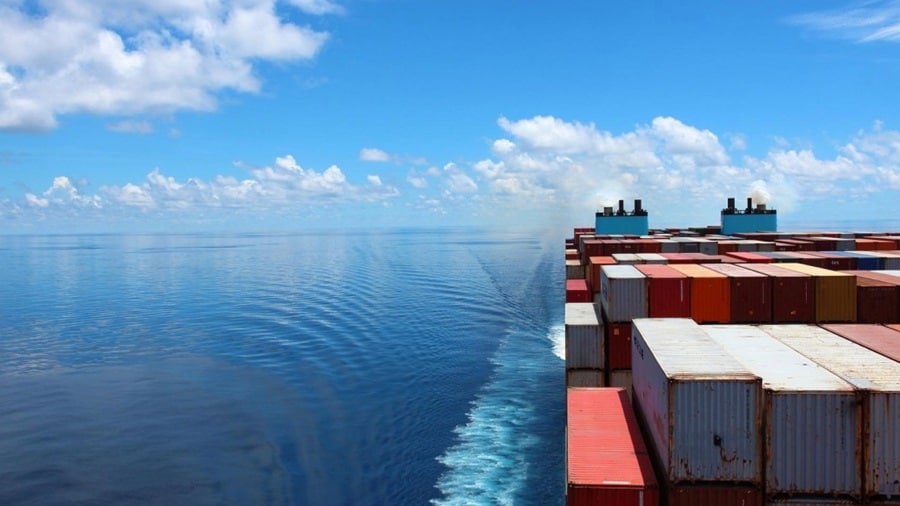
Ocean Market Update
The Asia-Pacific Ocean freight market remained broadly consistent from August through late September, with no significant disruptions across key corridors. Maersk continues aiming for service consistency and network resilience, supporting customer planning through a period of global trade realignment.
Gemini Network Performing Reliably
The Gemini network continues to deliver high schedule reliability across both Asia-Europe and Transpacific trades. According to Maersk internal data reflecting August 2025, no structural changes are currently planned, and reliability performance remains strong.
Whilst severe weather in China in the form of typhoons had an impact on the overall reliability of the network, but the flexibility and responsiveness of the network meant that major disruptions were avoided.
This consistency offers customers greater certainty whilst navigating ongoing supply chain complexities.
Golden Week Planning
As we approach China Golden Week in early October, customers are encouraged to plan shipments proactively around the public holiday period in China. While capacity planning varies across carriers, Sea-Intelligence (issue 733) reports that overall blank sailings and schedule adjustments have now reached levels broadly in line with historical seasonal patterns. Maersk continues to provide early visibility and coordination to minimise potential disruptions and ensure equipment availability.
Diverging Demand Trends
Global container trade remained resilient, growing by 4.9% year-on-year from May through July, according to Maersk internal data (September 2025). Strong import demand was recorded in Latin America, Europe, and Africa, while exports from West Central Asia and the Far East remained firm. However, regional divergence continues: North America imports were flat year-on-year and remain significantly below the 2011–2019 average. Far East Asia imports also declined, down 4.2% from May through July. Sea-Intelligence (issue 732) confirms this divergence, highlighting subdued US-bound demand and more stable flows in Intra-Asia and Middle East trade lanes.
Air Freight Market Update
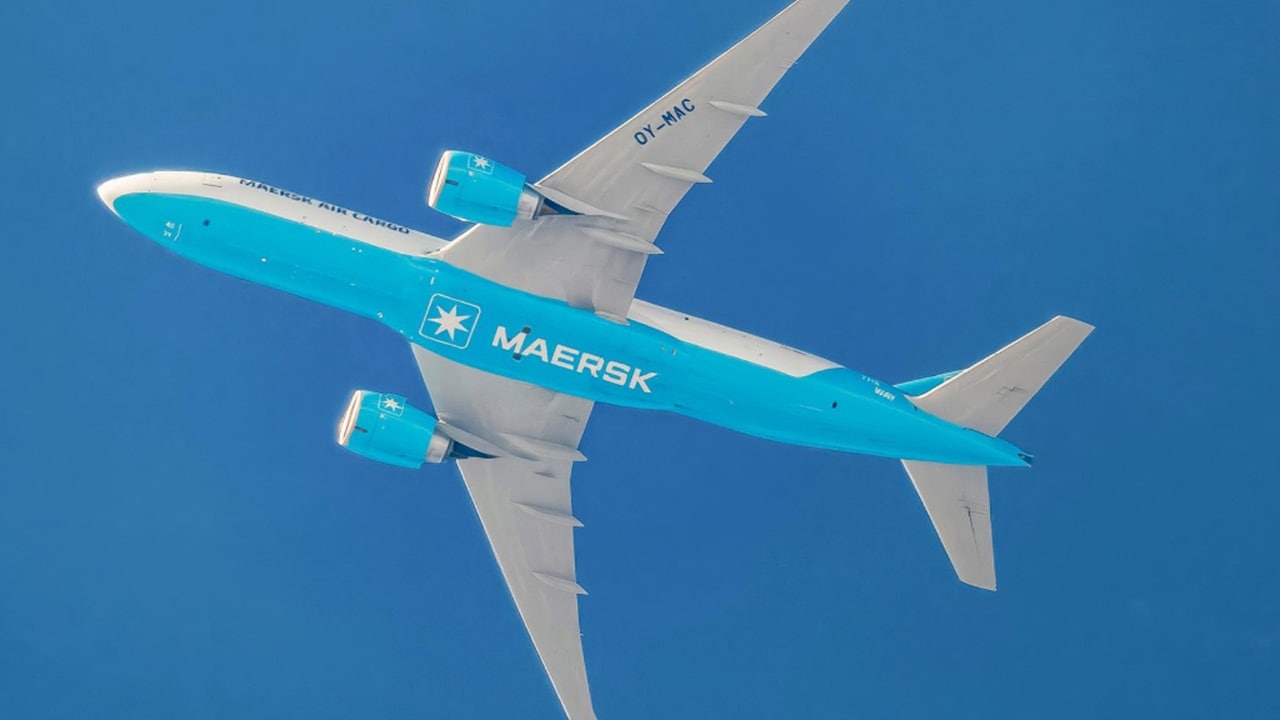
Air freight conditions across Asia-Pacific remained consistent with recent trends from August through late September, following earlier strength in Q2. According to Maersk internal data (September 2025), global air freight demand grew by 9% year-on-year in June, before moderating to 5.5% in July, suggesting a gradual levelling after a period of strong growth. Intra-Asia volumes remained firm, while Europe and North America recorded more mixed performance due to macroeconomic uncertainty and evolving trade dynamics.
Regional Trends and Vertical Performance
Technology continues to drive growth across global air cargo volumes, while demand in Automotive and Lifestyle verticals has softened. According to Maersk internal data, European import markets contributed significantly to global volume growth in Q2, supported by continued strength from Far East Asia. Healthcare and Industrial verticals also showed resilience, maintaining a steady year-on-year trend in July. Meanwhile, the impact of US de minimis policy changes has begun to affect some SME-driven e-commerce flows, particularly on low-value shipments.
Supply Environment and Utilisation
Air cargo capacity rose again in July, with global available capacity reaching its highest level since 2019, largely due to increased passenger travel boosting belly-hold space. According to IATA and Maersk internal data, global cargo load factors rose 0.7% year-on-year to 45.1%, with Asia-Pacific reaching 49.3%. Despite this improvement, some regions, including North America, continue to see weaker utilisation, and freighter operations remain constrained by factors such as limited aircraft supply and Middle Eastern airspace restrictions.
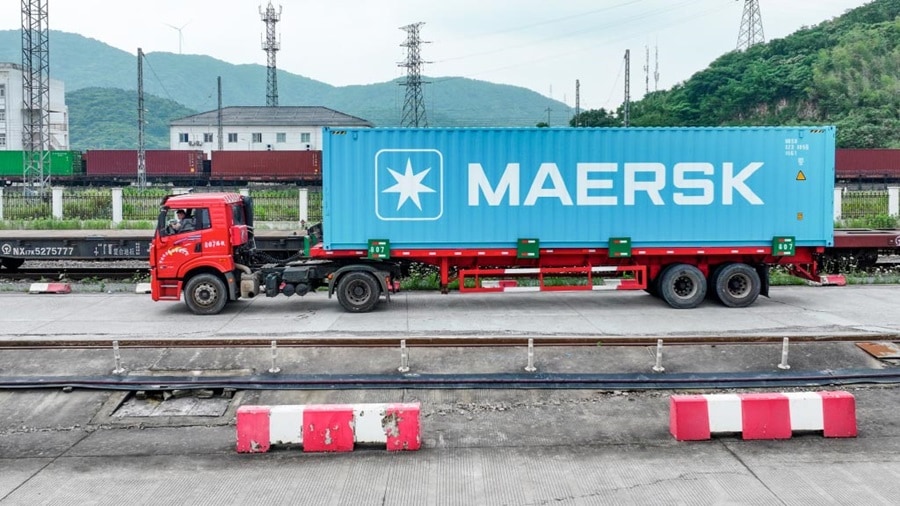
Inland Market Update
Navigating Uncertainty Across Southeast Asia
The inland logistics landscape in Southeast Asia is currently shaped by a complex mix of economic pressures and geopolitical developments. Inflation and broader macroeconomic uncertainty are impacting market sentiment across the region.
While growth remains resilient, with Southeast Asia’s GDP projected to expand by approximately 4.7% in 2025, trade volatility and cost pressures continue to influence supply chain dynamics.
Market Disruptions and Structural Challenges
Broader structural risks remain present, including the ongoing impact of global conflict, labour disputes, and climate-related disruptions. Many Southeast Asian governments are recalibrating policies to maintain growth momentum considering these external pressures. Meanwhile, increasingly unpredictable weather patterns are beginning to affect inland transport flows in select markets, a trend expected to intensify.
We are working to drive operational efficiency and ensuring service continuity. Our inland teams are also innovating the product offering to enhance competitiveness, enabling better flexibility, reliability, and integration across inland and ocean services.
LCL Update

Maersk has upgraded its LCL online service with a redesigned interface that offers a clearer and more efficient booking experience, featuring transparent key details like pricing and transit times, a visual timeline for tracking shipments, streamlined operations with easy payment and sharing options, all while maintaining its signature brand colors for a professional and user-friendly workflow.
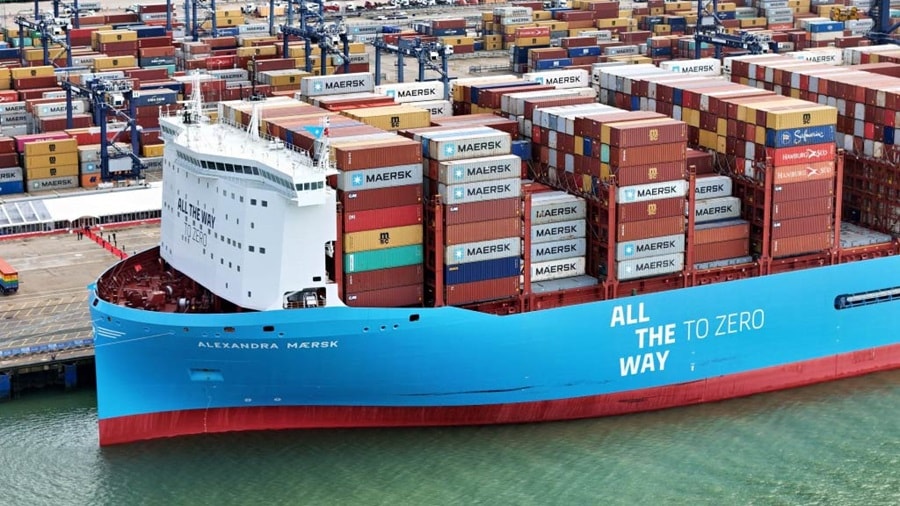
Tariff & Trade Update
Recent global tariff changes continue to impact supply chains across the Asia-Pacific region. While many new measures originate outside the region, they are influencing sourcing strategies, compliance requirements, and landed cost structures for exporters.
A notable development is the suspension of de minimis treatment for low-value U.S. imports, effective 29 August 2025. This policy change requires most shipments—regardless of value—to undergo full customs clearance and pay applicable duties. In parallel, additional documentation requirements have been introduced for goods containing steel and aluminium, including smelting and casting origin data.
Effective October 14, 2025, the U.S. government will begin phasing in new service fees on maritime transport services of Chinese owned and Chinese-built vessels calling U.S. ports. These fees will be introduced gradually over the next three years.
We are committed to helping you minimise the impact of disruption these tariffs may cause to your supply chain. We want to reassure you that:
- No surcharge will be applied. We have no intention to introduce any surcharge in connection with this rule.
- Your services remain unchanged. We do not anticipate adjustments to our U.S. port rotations or your existing service plans.
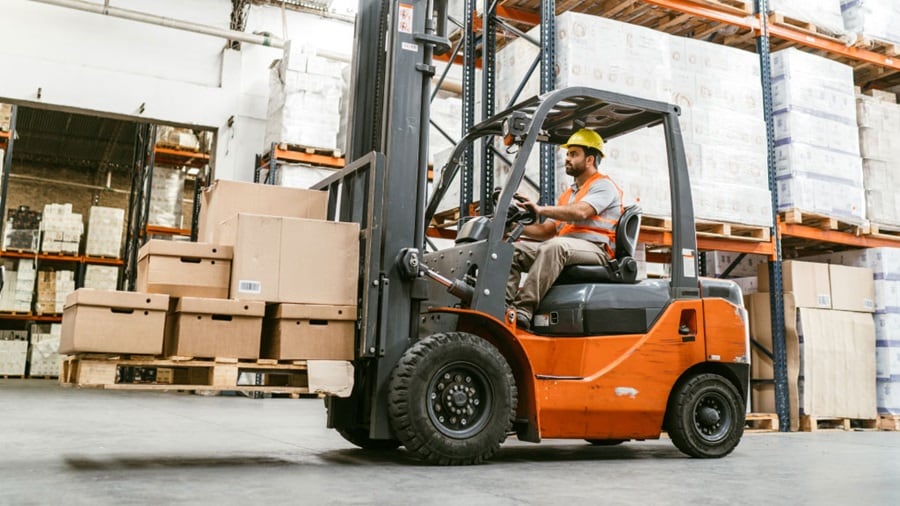
Maersk Contract Logistics
Maersk’s Contract Logistics offering brings together warehousing, distribution, and value-added services into a seamless, integrated solution. From storage and inventory management to e-fulfilment and consolidation, Contract Logistics helps reduce supply chain complexity, improve flexibility, and support end-to-end visibility for our customers. Recent developments across the Asia-Pacific region highlight Maersk’s growing footprint and continued investment in scalable, sustainable infrastructure.
Pasir Gudang, Malaysia: Asia’s Largest Cocoa Warehouse
In September, Maersk and Barry Callebaut launched one of Asia’s largest cocoa bean warehouses in Pasir Gudang, Malaysia. This multi-storey, purpose-built facility spans over 600,000 square feet and has the capacity to handle nearly 40,000 metric tons of cocoa beans. Strategically located close to the Port of Tanjung Pelepas and just one kilometre from Barry Callebaut’s processing plant, the warehouse significantly reduces transit time and enhances supply chain control.
Equipped with Maersk’s advanced Warehouse Management System (WMS), the facility provides real-time inventory tracking and optimised handling workflows. It also incorporates eco-friendly design elements such as LED lighting and natural ventilation. This investment reflects Maersk’s focus on high-integrity storage solutions for agri-based commodities and reinforces our commitment to building resilient, high-performance supply chains across the region.
Lin-gang, Shanghai: Flagship Fulfilment Facility
Maersk’s new flagship fulfilment centre in Lin-gang, Shanghai, is redefining flexibility and control in contract logistics. Situated within a key special economic zone, the facility offers nearly 150,000 square metres of warehousing space and is designed to meet the evolving needs of global and regional supply chains. With built-in automation, in-house sorting and retrieval systems, and full-service distribution capabilities, it supports a broad range of use cases including import/export distribution, consolidation, and cross-border e-fulfilment.
The facility also reflects Maersk’s long-term sustainability goals. It is expected to achieve LEED Gold certification by 2025 and is engineered to maximise renewable electricity usage while minimising environmental impact. With optimal connectivity to major ports, the Lin-gang warehouse enables faster time-to-market and improved operational agility for customers managing complex or high-volume fulfilment flows.
Major Ports Update
Waiting time indicator:
| Trade | Less than 1 day | 1-3 days | More than 3 days |
|---|---|---|---|
|
Trade
Asia Ports
|
Less than 1 day
Busan, Dalian, Xingang, Ningbo, Xiamen, Hong Kong, Tanjung Pelepas, Jakarta, Brisbane, Auckland, Melbourne, Tauranga, Sydney
|
1-3 days
Qingdao, Shanghai, Shekou, Yantian, Nansha, Ho Chi Minh, Port Klang
|
More than 3 days
|
|
Trade
Rest of World
|
Less than 1 day
Bremerhaven, Rotterdam, Valencia, Rijeka, Jebal Ali, Colombo, Onne, Tema, Lome, Zanzibar, Pointe Noire, Cape Town, Maputo, Oakland, Los Angeles, Prince Rupert, Vancouver, Tacoma, Houston, Norfolk, Baltimore, Charleston, Miami, Newark, Balboa, Lazaro Cardenas
|
1-3 days
Durban, Apapa, Abidjan, Conakry, Djibouti, Reunion, Dar es Salaam, Savannah
|
More than 3 days
Koper, Port Louis
|
Remark: Information is dynamic and subject to change.
Resources and tools to support you
Visit our “Insights” pages where we explore the latest trends in supply chain digitization, sustainability, growth, resilience, and integrated logistics.
Learn what’s happening in our regions by reading our Europe, North America, and Latin America updates.
Do you find this market update useful? If you haven’t subscribed to Maersk Asia Pacific Monthly Update yet, click the link below and stay posted!
Subscribe to Asia Pacific Monthly Updates
We value your business and welcome your feedback. Should you have any questions on optimizing your cargo flows, please contact your local Maersk professional.
无论您需要什么,我们都可以随时为您提供帮助
I agree to receive logistics related news and marketing updates by email, phone, messaging services (e.g. WhatsApp) and other digital platforms, including but not limited to social media (e.g., LinkedIn) from A. P. Moller-Maersk and its affiliated companies (see latest company overview). I understand that I can opt out of such Maersk communications at any time by clicking the unsubscribe link. To see how we use your personal data, please read our Privacy Notification.
By completing this form, you confirm that you agree to the use of your personal data by Maersk as described in our Privacy Notification.


